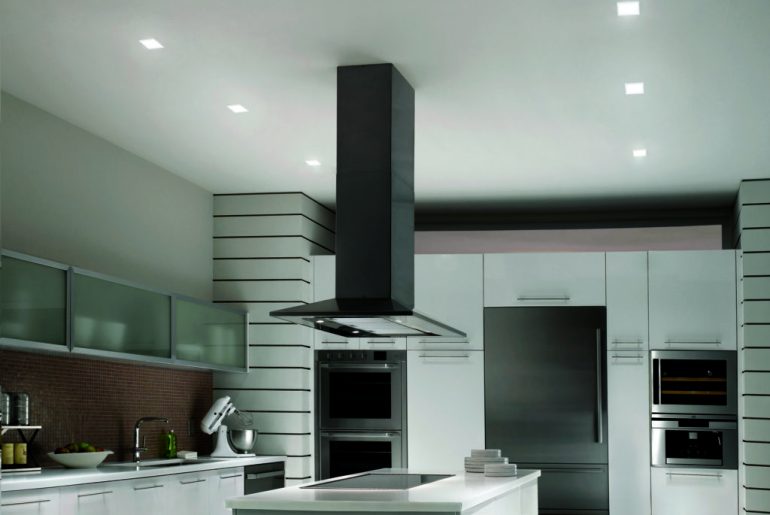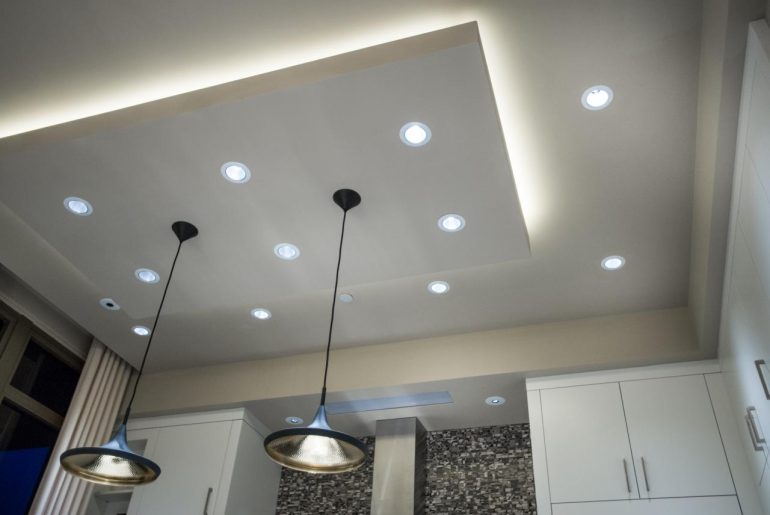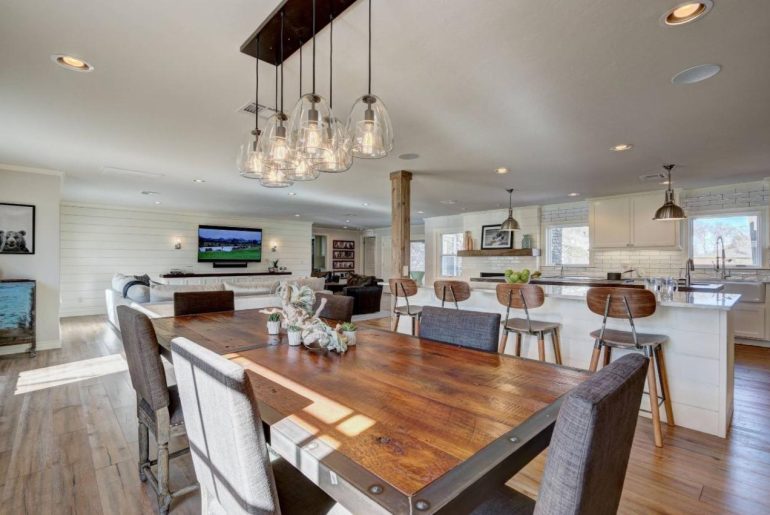In the modern era of energy efficiency and aesthetic appeal, one of the most impactful changes you can make to your home is upgrading your lighting. Specifically, retrofitting your existing can lights with LED alternatives can completely transform the look and feel of your space. This comprehensive guide will walk you through the process, benefits, and considerations of this home improvement project.
Why Upgrade Your Recessed Lighting With LED Retrofit Kits?
The first question that might come to your mind is, why should you consider upgrading your existing lighting setup? The answer lies in the numerous benefits offered by LED retrofit kits over traditional bulbs.
Energy Efficiency
LEDs use significantly less energy than traditional bulbs because they convert most of their electrical power into light rather than heat. This efficiency can result in substantial savings on your energy bills over time.
Long Lifespan
LEDs have a much longer lifespan compared to traditional incandescent bulbs. In fact, they can last up to 25 times longer. This means fewer replacements and less hassle for you.
Cost Savings
While LED retrofit kits may have a higher upfront cost compared to other types of lights, their energy savings over time more than offset this initial cost difference. Plus, the extended lifespan of LEDs means you’ll be buying fewer replacements, which adds to the savings.
Improved Quality of Light
LED lights produce better-quality light than fluorescent or incandescent lamps. They offer a wide range of color temperatures, allowing you to create the perfect ambiance for each room in your home.
Choosing The Right Size Kit
Once you’ve decided to make the switch to LED retrofits, the next step is choosing the right size kit for your existing fixtures. Here’s how you can do this:
Step 1 – Measure Your Existing Fixture
Use a measuring tape to measure the diameter of the existing fixture. Note down its dimensions so that you can refer back to them later while selecting the right retrofit kit.
Step 2 – Verify The Compatibility
Ensure that your fixture is compatible with the LED retrofit kit. Most manufacturers offer a range of sizes to choose from, so make sure that you select one that fits snugly into your fixture without any gaps.
Step 3 – Check The Wattage & Lumens
Before making the final selection, check the wattage and lumens of the LED retrofit kit. You want to ensure that your new LED retrofits are powerful enough to deliver adequate illumination while still being cost-effective in terms of energy usage.
How To Properly Wire Your LED Retrofit Kits
The installation process may seem daunting at first, but it’s actually relatively straightforward if you follow the proper safety measures and instructions provided by the manufacturer:
Step 1: Turn Off Power Supply
Before starting any electrical installation project, turn off all power supplies to avoid potential hazards such as shocks or electrocution injuries.
Step 2: Remove Cover Plate / Light Fixture
Using a screwdriver, carefully remove the cover plate or light fixture from the ceiling. This will give you access to the wiring terminals.
Step 3: Disconnect Existing Wiring
After taking careful note of which wires go where, disconnect the existing wiring attached inside your light socket. This is crucial for safe reinstallation later.
Step 4: Connect New Wiring
Connect the new wiring supplied with the installation equipment until each terminal connects correctly with its corresponding wire color-code connectors.
With these steps, you can successfully install your LED retrofit kits. However, always remember to follow safety guidelines when installing electrical equipment or wiring. If you’re unsure, it’s best to consult a professional electrician before attempting any installation yourself.
The Practical Application: A Real-Life Example
To better illustrate the process and benefits of retrofitting your home with LED can lights, let’s consider a real-life example.
John and Mary, a couple living in a suburban neighborhood, were growing increasingly frustrated with their high energy bills. They realized that a significant portion of their energy consumption was due to their outdated incandescent lighting fixtures. After researching various energy-saving options, they decided to retrofit their existing can lights with LED alternatives.
They followed the steps outlined above, starting with measuring their existing fixtures and verifying the compatibility of the LED retrofit kits. They chose a kit with a suitable wattage and lumens to ensure adequate illumination.
During the installation process, they made sure to turn off the power supply and carefully disconnect the existing wiring. They then connected the new wiring and successfully installed the LED retrofit kits.
In the months following the installation, John and Mary noticed a significant decrease in their energy bills. They were also pleased with the improved quality of light in their home. The LED lights provided a warm and inviting ambiance, enhancing the overall aesthetic of their space.
Common Mistakes to Avoid
While retrofitting your home with LED can lights is a relatively straightforward process, there are a few common mistakes to avoid:
- Not Turning Off the Power Supply: Always ensure the power supply is turned off before starting the installation process to avoid any potential electrical hazards.
- Choosing the Wrong Size Kit: Measure your existing fixtures carefully and verify the compatibility of the LED retrofit kit to ensure a snug fit.
- Ignoring Wattage and Lumens: Check the wattage and lumens of the LED retrofit kit before making a purchase. You want to ensure your new lights provide adequate illumination while being energy-efficient.
Best Practices to Follow
- Consult a Professional: If you’re unsure about any part of the installation process, it’s best to consult a professional electrician.
- Consider the Color Temperature: LED lights come in a range of color temperatures. Choose a color temperature that suits the ambiance you want to create in each room.
- Invest in Quality Products: While LED retrofit kits may be more expensive upfront, investing in quality products can result in greater energy savings and a longer lifespan.
Conclusion
Retrofitting your home with LED can lights can significantly enhance the aesthetic appeal of your space while reducing your energy consumption. By following the steps outlined in this guide, you can successfully undertake this home improvement project and enjoy the numerous benefits of LED lighting.
Remember, always prioritize safety when dealing with electrical installations and don’t hesitate to seek professional help if needed. With the right approach, you can transform your home with retrofit LED can lights and enjoy a brighter, more energy-efficient living space.



